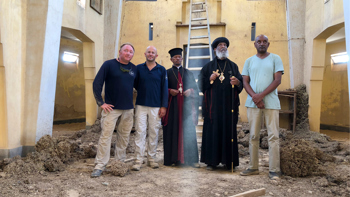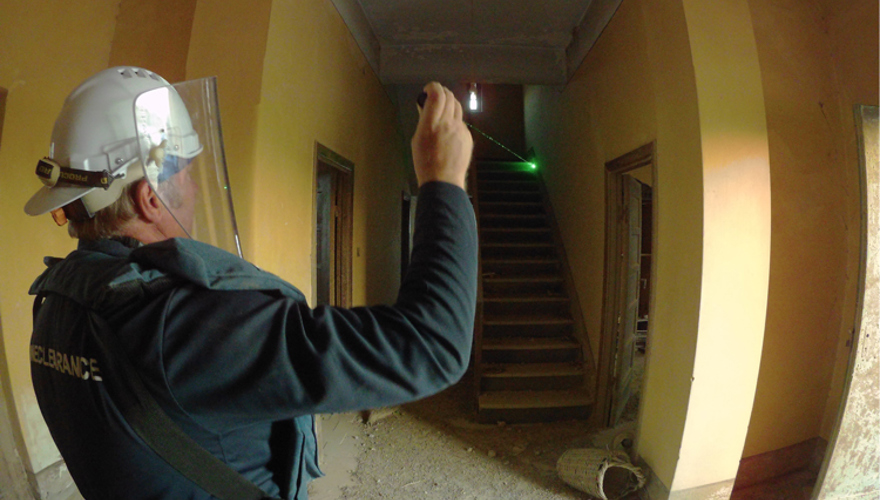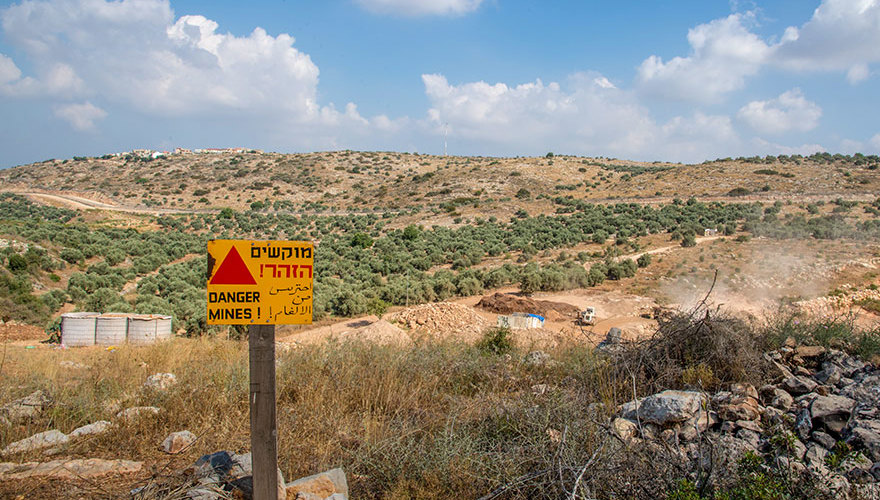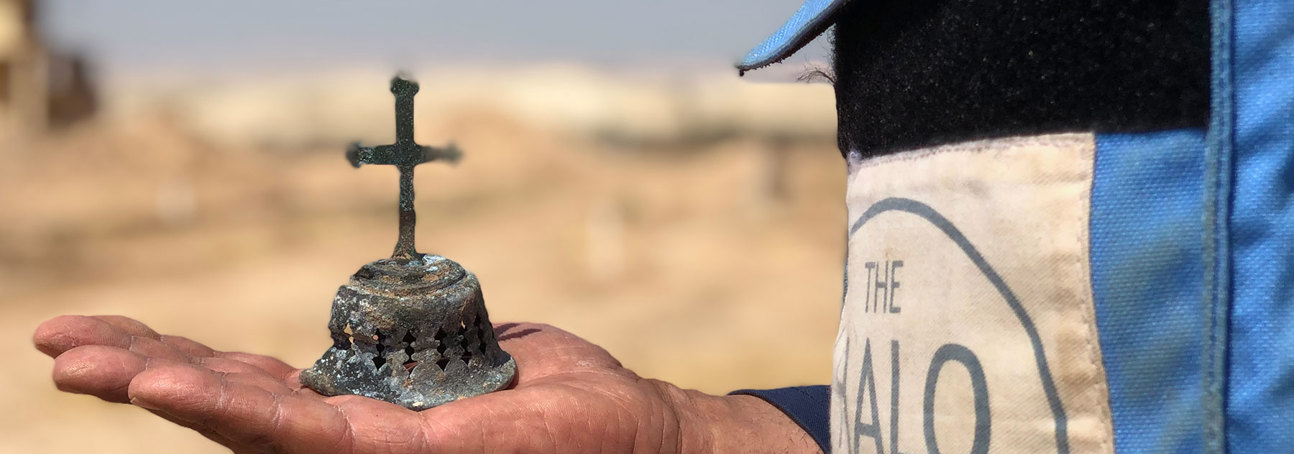Landmines in the West Bank date back to before the Six Day Arab-Israeli war (June 1967). Dense minefields were laid throughout the highlands and in the Jordan Valley. Subsequently, in the late 1960s to the early 1970s, Israel laid minefields along its new border with Jordan. Since then, mines have been a constant danger for families in the region, causing devastating injuries and death, and destroying the livelihoods of farmers like Kayyed who owns an olive grove.
Our Work

Clearing landmines and explosives
HALO's multinational team, including Palestinians, Georgians and Israelis, has been working with the Israeli National Mine Action Authority and the Palestinian Mine Action Centre to clear landmines in the West Bank since 2014. During this time, we have built trust across religious and cultural divides and cleared six of the nine high priority minefields which threaten the lives and livelihoods of surrounding communities from Hebron in the south to Jenin in the north.
Separately from the high humanitarian priority Jordanian laid minefields, HALO was asked to clear the site of the Baptism of Christ, known as Qaser al-Yahud, on the banks of the River Jordan, where landmines have prevented pilgrims from visiting eight sacred churches and monasteries for over 50 years. Having gained the approval of the Israelis, Palestinians and all the churches, to clear the Baptism Site, we began work shortly before Holy week in 2018. In April 2020, after clearing an area the size of 56 football pitches, we were able to return the land to the churches, so this sacred site could become a place of worship once again.

OUR IMPACT
For many years, the residents of A-Nabi Elyas village in Qalqiliya district were unable to use their land. The soil was fertile, but the presence of the largest Jordanian laid minefield made it too dangerous to farm. Civilians were injured and killed trying to access their fields.
Between 2014 and 2015, HALO worked to clear the minefield, destroying over 550 anti tank and anti personnel mines and making safe an area the size of six city blocks in Manhattan. As a result of the clearance, landowners were able to return and the whole area was redeveloped. A new road was built along the former minefield, running from a-Nabi Elyas to Jayus, electricity was installed and new water pipes laid so landowners could irrigate their crops.
Stories from West Bank
Get Involved
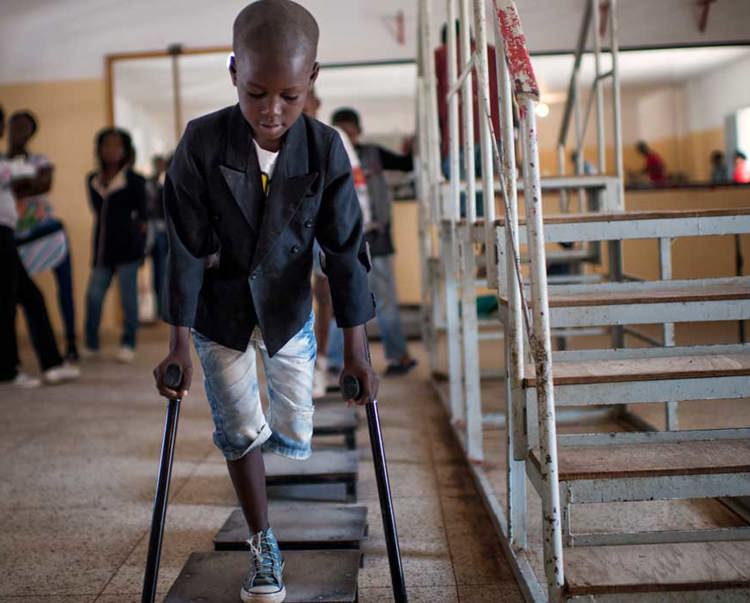
Clear a landmine, save a life
With your support, land can be made safe and lives transformed

Sign up to our newsletter
Be first to hear inspirational stories and all the latest HALO news and events
Meet our team West Bank
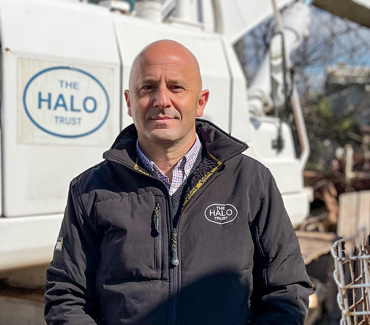
Ronen Shimoni
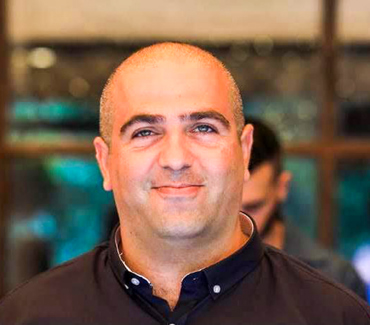
Fadi Masarwa
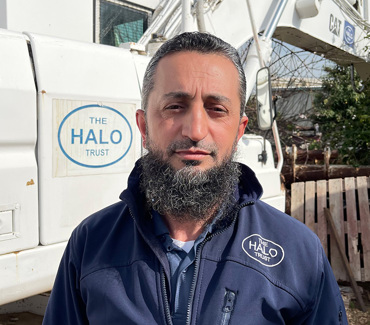
Luai Baradiya


